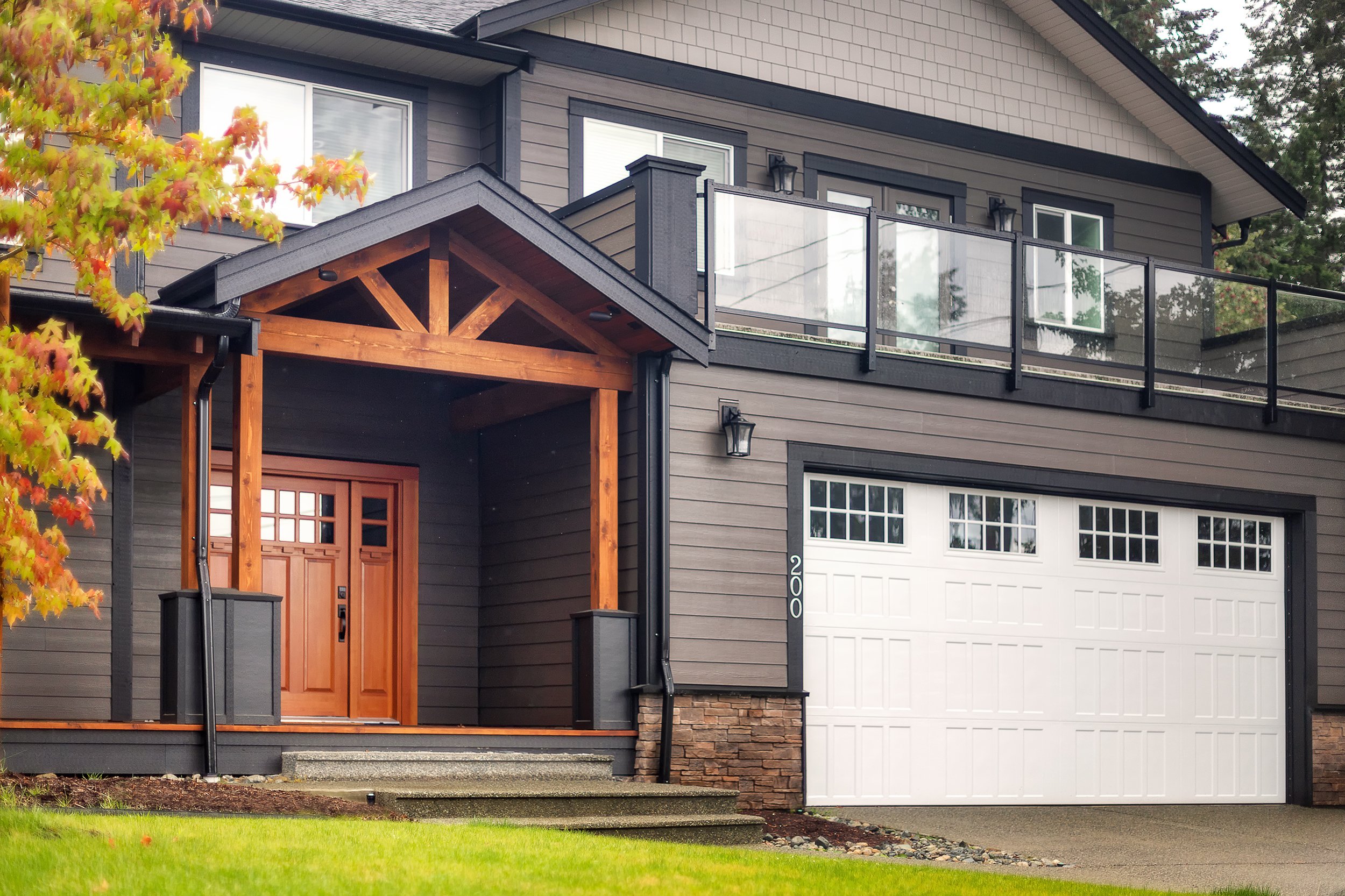SKC Blog - New HVAC Requirements for Nanaimo, BC
Big changes have arrived for heating, cooling, and ventilation systems in Nanaimo. The city has adopted the latest BC Building Code along with the BC Energy Step Code and Zero Carbon Step Code. These updates focus on energy efficiency, comfort, and cutting down on carbon emissions.
So what’s new?
If you’re building a new home or doing a major renovation, you now need to meet tougher rules for your HVAC (heating, ventilation, and air conditioning) systems. For example, every new home must have at least one room that can stay below 26 °C during a heat wave. That means most homes will now require a heat pump or air-conditioning system.
New buildings in Nanaimo must also meet the highest “zero-carbon” level, meaning most new houses and apartments can’t use natural gas for primary heating or hot water. Instead, you’ll likely need electric heat pumps or other electric systems.
These changes aim to make homes more efficient, comfortable, and ready for hotter summers and cleaner energy. For builders and homeowners, the main takeaway is this: plan your HVAC early, choose electric systems, and make sure your installer follows the new efficiency and ventilation rules.
For new Construction, you are required to work with an energy advisor that will work your your HVAC contractor to make sure you get the most efficient HVAC system possible for your home. This will ensure that you not only pass inspection, but also end up with a quieter, more comfortable, and lower-carbon footprint home.
Your general contractor can help by coordinating the design, permitting, and installation process, making sure your home’s HVAC system meets all the new Nanaimo building and energy code requirements while staying on budget and running efficiently for years to come.
Easy HVAC Checklist for Nanaimo
1. Before You Build
Check the city’s website for permit requirements and talk with your general contractor about how your home will meet the requirements.
Confirm if your project is new construction or a renovation. Rules vary.
You’ll need paperwork showing how your heating and cooling system meets the new energy rules.
2. Picking Your System
Choose a heat pump (it heats and cools efficiently using electricity).
Gas furnaces are being phased out for new builds.
Make sure your system is the right size, too small or too big wastes energy.
3. Ventilation
Every home needs continuous fresh air. Use an HRV or ERV system (heat-recovery or energy-recovery ventilator).
Renovations must also follow these ventilation rules.
4. Staying Cool in Heat Waves
For new construction, at least one living space must stay below 26 °C during extreme heat.
Your heat pump or AC system must be able to handle this.
5. Inspections & Paperwork
Your builder or HVAC contractor will need to show test results and system details before you get your occupancy permit.
Keep all documentation from your HVAC installer and energy advisor.
6. After Installation
Make sure the system runs quietly, evenly heats/cools your home, and brings in enough fresh air.
Ask your installer to show you how to maintain it (filters, cleaning, settings).

